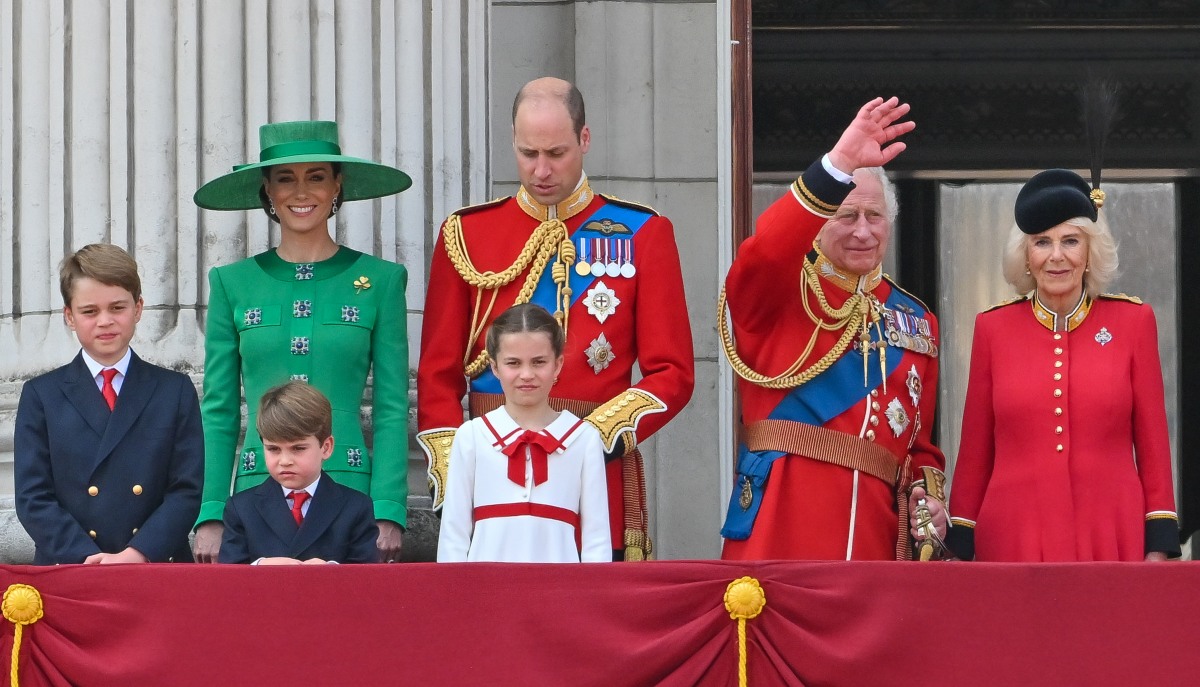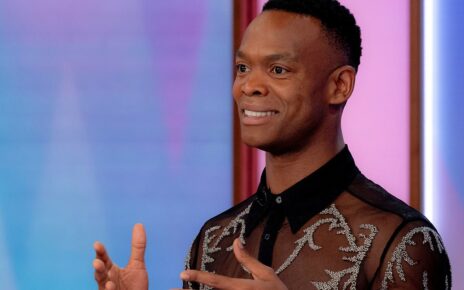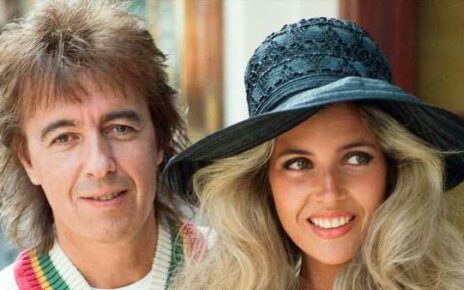
Personally, I think Omid Scobie’s Endgame is going to land like an atomic bomb in the royalist media this fall, and there will be shock waves for weeks, if not months after the book comes out. Scobie has recognized something which few in the royal-media circle have figured out: that there’s a lot of money to be made documenting, in stark terms, the death rattle of the British monarchy. Well, someone else has started to figure that out too. Ed Owens has written a book called After Elizabeth: Can the Monarchy Save Itself?, and it comes out on September 14th. The Sunday Times gave Owens space to preview the book and the piece is surprisingly blunt about how the Windsors are stuck in a rut post-QEII. Some highlights:
A monarchy adrift: Prince Harry is expected in Britain this week for the ceremonies that will mark the year since Elizabeth’s death. Yet his alienation from the family remains a running sore on the House of Windsor. His latest broadside against the monarchy comes in the form of (another) Netflix series, Heart of Invictus, in which he alleges that he didn’t have a “support structure” around him and that no one helped him deal with the trauma of returning from his tour in Afghanistan.
The “popularity” of the royals: Individual members of the royal family remain popular — a post-coronation poll from Ipsos Mori showed that 63 per cent of Britons approved of the work the King was doing. The Prince and Princess of Wales are more popular still, while the late queen topped the charts. But the institution itself is much less popular. The monarchy’s poll ratings are at their lowest point since surveys began. A poll by the National Centre for Social Research at the time of the coronation found that 45 per cent of respondents suggested that the monarchy should either be abolished, was “not at all important” or “not very important”. This disillusionment is most acutely felt among Britain’s younger generations.
The problem with the Commonwealth: The Commonwealth, although much beloved by the late queen, is a rudderless organisation that lacks a clear sense of purpose. The organisation was at its most influential in its opposition to the apartheid regime in South Africa which collapsed in 1994. But since then, with countries such as Barbados and Jamaica pulling away from the crown, its achievements have been of little consequence. Without Elizabeth II, it lacks the central figurehead who did so much to keep it going for so long.
An honest assessment: What seems to be missing at Buckingham Palace is an honest assessment of the scale and nature of the challenge facing the monarchy. There doesn’t appear to be any real understanding of why support for the institution is evaporating among the young, nor the amount of modernisation required…In the past, people tended to become more conservative as they aged and, the theory went, more royalist. This doesn’t appear to be happening today: those aged between 27 and 42 have instead expressed growing dissatisfaction with the monarchy. By recognizing that the values and beliefs of Britain’s under-45s are changing, with many becoming and staying more socially progressive than in the past, we can begin to see that the monarchy’s problems are partly structural. The younger generation’s rejection of the institution is partly informed by their rejection of the wider status quo.
The problem with Andrew: Andrew has become the ultimate “hanger-on”, rejecting his older brother’s request that he vacate Royal Lodge at Windsor. The King surely knows that this case of stroppy self-indulgence can only cause further harm, and that any attempt to rehabilitate Andrew would be tone deaf.
Dynamic Sussexes: Harry and Meghan may be unpopular among older Britons, but they still have a large following among the younger generation that the Windsors need to woo. Dynamic, handsome and symbolically representative of multiracial Britain, the couple should have been central to the monarchy’s future plans. Instead, they are a thorn in its side. For now, the King has little option but to leave Harry in the cold, while keeping the door open lest he and Meghan decide they have had enough of their lives in Montecito and that reconciliation with the rest of the royal family is something they really want.
The Peg Problem: Even William, who rarely puts a public foot wrong, found himself on the wrong side of public opinion recently when he opted not to travel to Sydney to watch the England Lionesses play in the World Cup final.
An antidemocratic monarchy: Charles could start by fully embracing his role as the symbol of our democracy. Since the 1930s, the British monarch has been celebrated by royalists as the defender of our democratic values and freedoms. And yet for all her successes, Elizabeth II struggled to reconcile herself to the implications of this role during her long reign. She allowed a culture of royal secrecy to build up within our political system that concealed — and continues to obscure — the influence wielded by the sovereign and heir to the throne over government decision-making. Opaque constitutional procedures such as “Queen’s Consent” (now King’s Consent) should be demystified and historians given access to the papers of Elizabeth II, so that we might finally understand the role she played behind the scenes.
[From The Times]
Once again, I’m reminded of that old Karl Rove delusion “We’re an empire now, and when we act, we create our own reality.” The royals are in their bunkers, spinning out their own alternative reality where King Charles is wise and important and his heir rarely puts a foot wrong. They believe that if they send enough people out to repeat those talking points for years, that will become the reality. And… that’s just not how it works anymore. Charles, by the palace’s own talking points, doesn’t even understand how badly he shot himself in the d–k when Harry and Meghan left. Buckingham Palace is still briefing (to this day) that Charles believes he was very wise to exile his attractive, hard-working and charismatic son and daughter-in-law. There’s another part of this which goes largely unsaid: the deeply unpleasant sadistic streak running through every part of the British monarchy and media. Punishment for punishment’s sake, the genuine desire to inflict pain and suffering on family members. It’s strange to watch as royal sadism becomes so normalized.
“Dynamic, handsome and symbolically representative of multiracial Britain, the couple should have been central to the monarchy’s future plans. Instead, they are a thorn in its side.” Does the esteemed royal historian want to figure out where, how and why that came to be? No? “For now, the King has little option but to leave Harry in the cold, while keeping the door open lest he and Meghan decide they have had enough of their lives in Montecito and that reconciliation with the rest of the royal family is something they really want.” Good luck with that, lmao.
Photos courtesy of Avalon Red, Cover Images.
Source: Read Full Article


